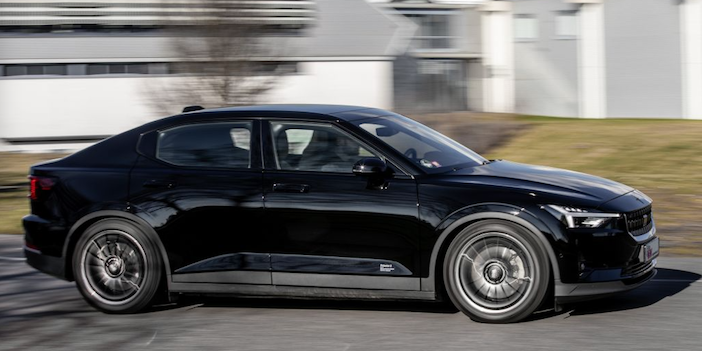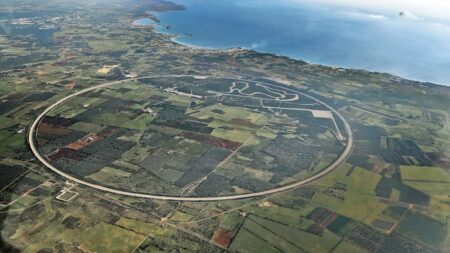KW Automotive has developed a KW V3 coilover suspension kit for the Long Range Dual Motor version of the Polestar 2 with all-wheel-drive. The hardware features multi-valve technology with preconfigured high-speed damper valves and adjustable low-speed damper valves.
KW V3 is adjustable in compression and rebound forces to give the sedan harmonic road behaviour, improved maneuverability, directional stability, steering precision, and ride comfort. The coilover also allows individual tuning in compression and rebound damping. With just a few steps, the ride comfort, handling, and tyre grip can be adjusted. The stainless steel system allows stepless lowering of 25 – 45mm on both driven axles, according to the parts certificate.
While the KW V3 coilover suspension is not yet available for the Polestar 2 models with front-wheel drive, the suspension manufacturer already has the coilover suspension available for the Polestar 2 with long-range dual engines and all-wheel drive. It is also used in the Cupra Born, Tesla Model 3, and VW e-up electric vehicles.
Manually adjustable dampers
One unique feature of the KW V3 coilover suspension is the multi-valve technology used in the shock absorbers. Pre-loaded ‘high-speed valve springs’ are used to set the damper characteristics specific to the vehicle.
“When we talk about high speed in suspension, we mean the piston rod speed during compression and rebound,” explained KW brand manager, Florian Johann. “When driving the Polestar 2 over a bump or a transverse joint, this is a high-speed excitation. In this case, the valve opens, and the large oil volume flows through the main valve, which neatly dampens this so-called road disturbance and further increases ride comfort. Steering and prolonged bumps, on the other hand, are typical low-speed excitations in the damping.”
The process for drivers to adjust the low-speed forces in the compression and rebound damping of the V3 is relatively simple. The handling and rolling comfort are influenced by rebound damping with 16 clicks. For this purpose, an adjustment wheel is inserted on the piston rod, or the built-in rebound damping wheel is manually adjusted.
With the integrated compression damping wheels on the lower damper housing, on the other hand, 12 clicks are used to adjust the low-speed compression damping. This allows the drivers of a Polestar 2 to influence the body’s pitching and rolling movements, with the rebound damping having the task of tying the car to the road, while the compression damping influences compression and supports the entire body of the chassis. On both axles of the Polestar 2 the approved scope for adjustable lowering is between 25 and 45mm.





